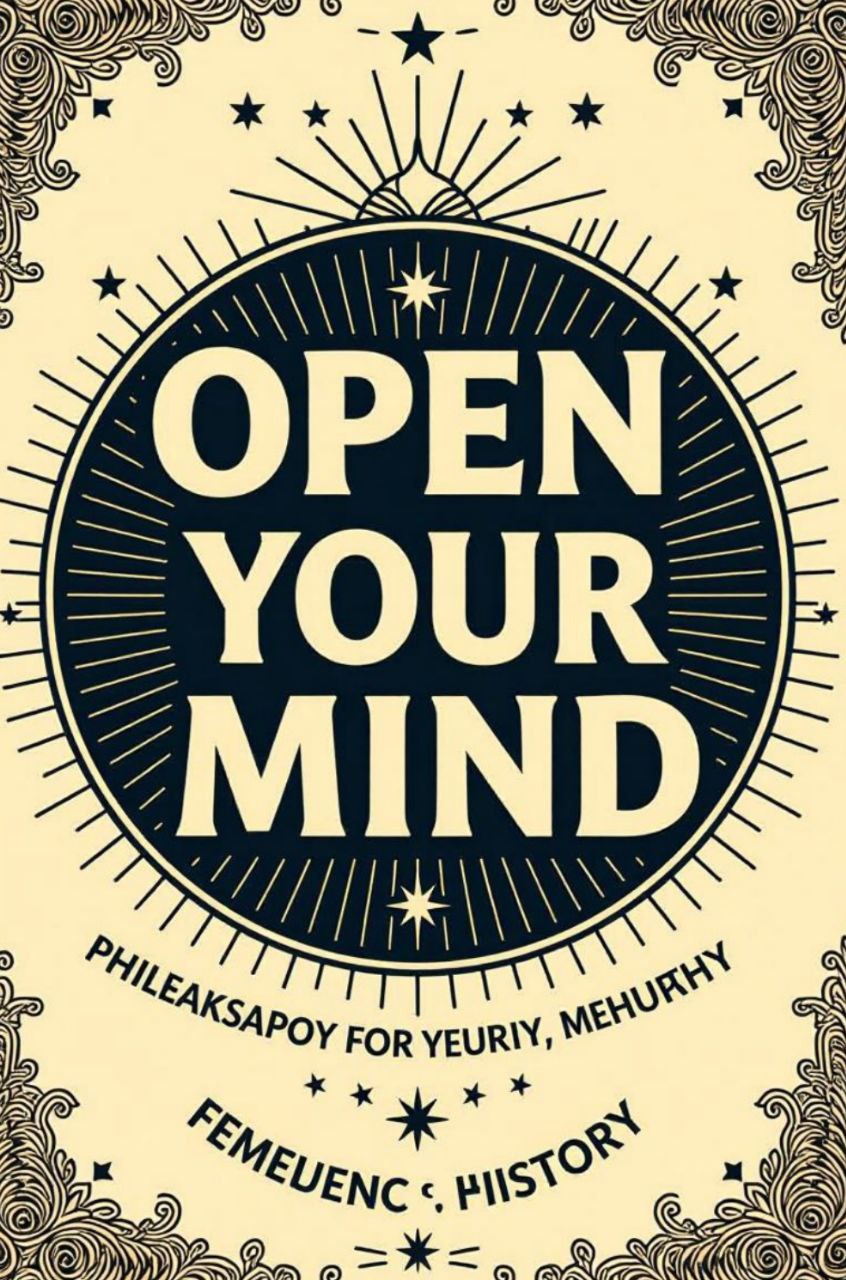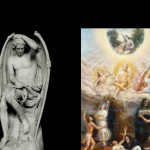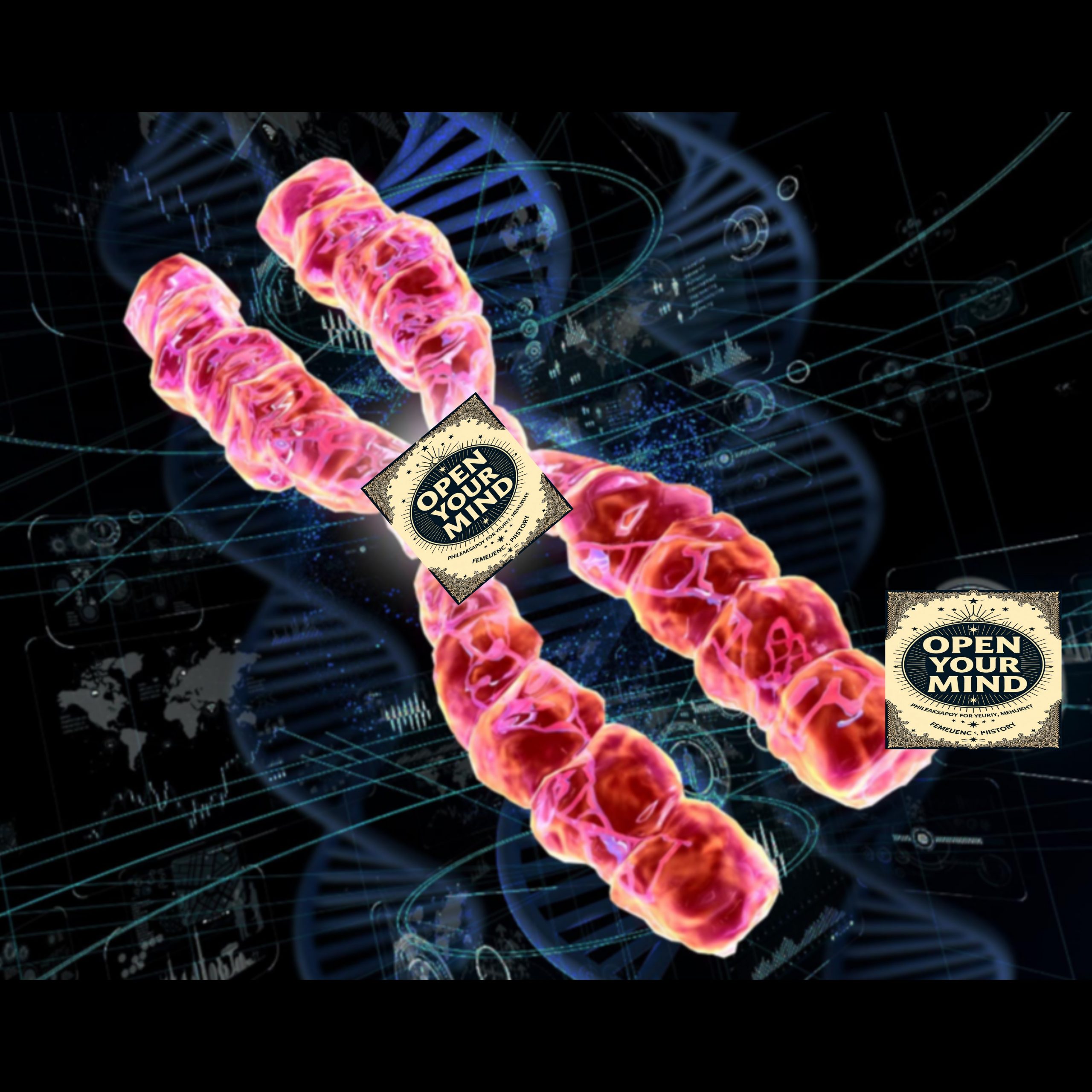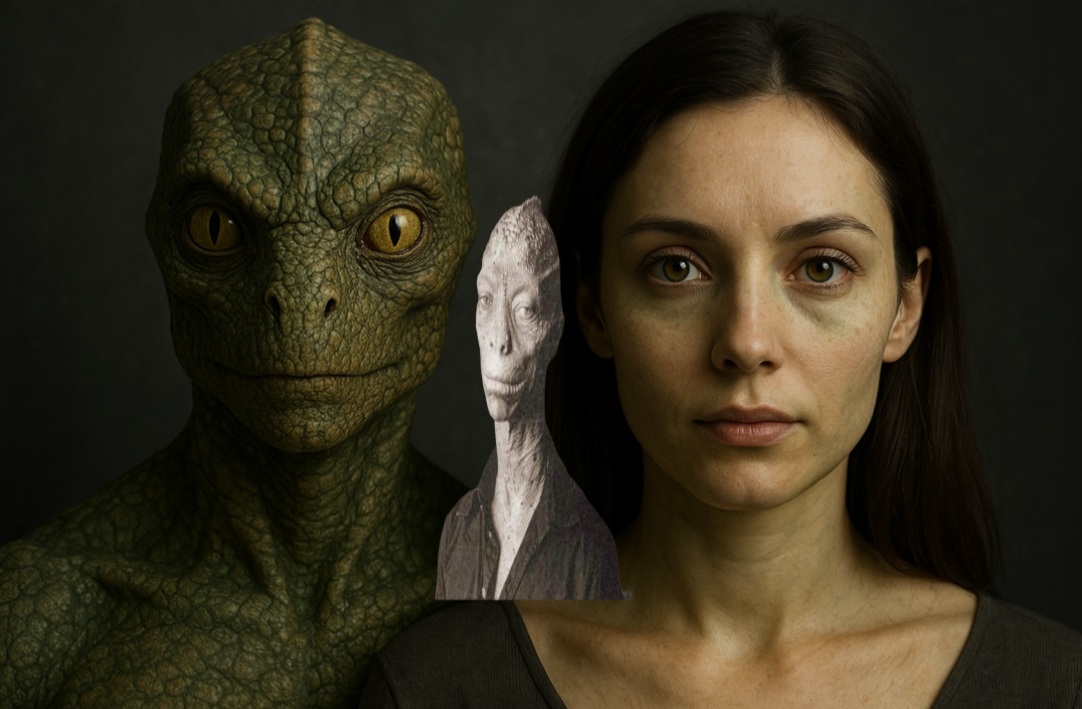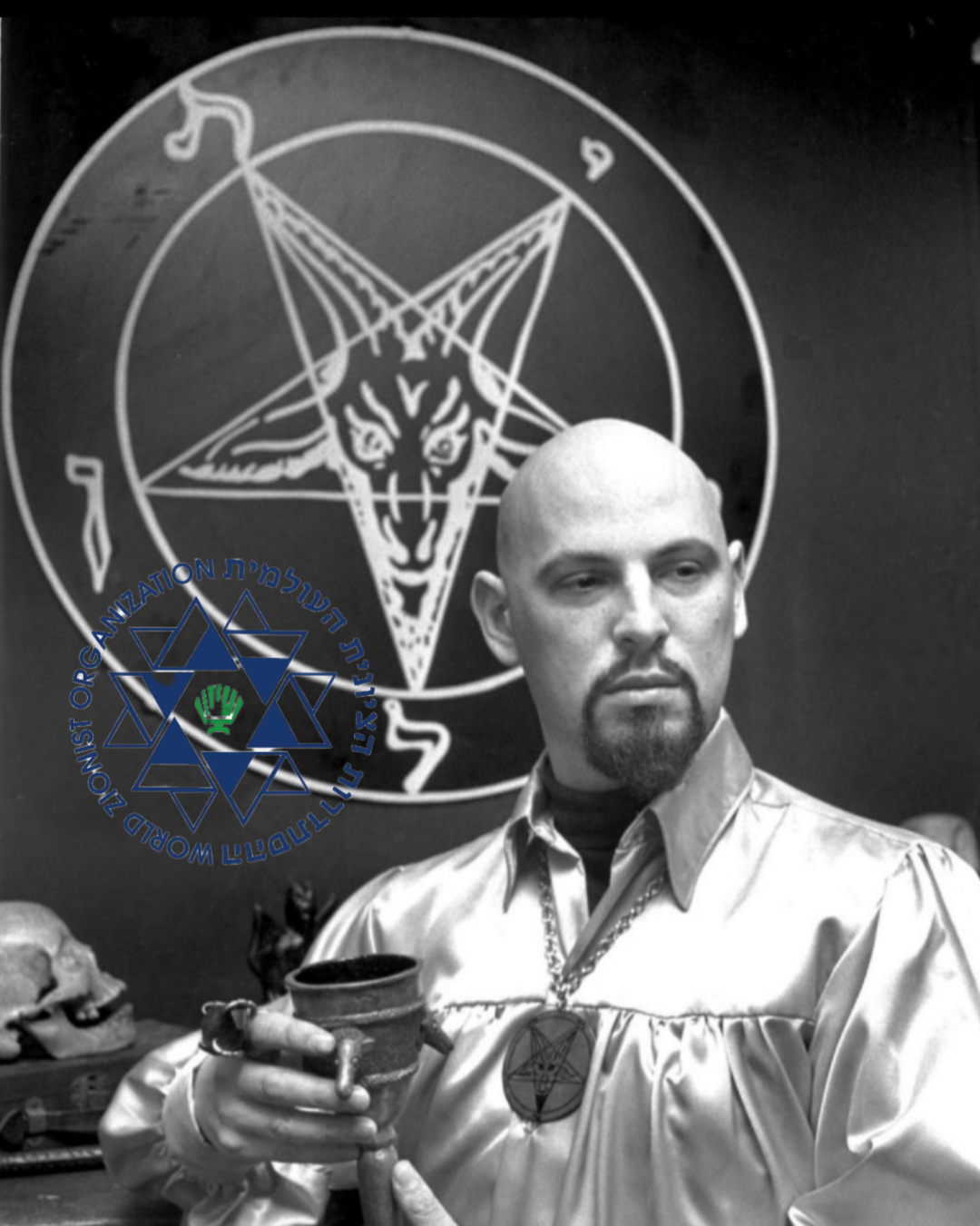Twenty years ago, an enormous scientific effort revealed that the human genome contains 20,000 protein-coding genes, but they account for just 2% of our DNA.
The rest of was written off as junk – but we are now realising it has a crucial role to play.
When the 13-year-long effort to sequence the entire “book of life” encoded within the human genome was declared “complete” in April 2003, there were high expectations.
It was hoped that the Human Genome Project, at a cost of around $3bn (£2.5bn), would yield treatments for chronic illnesses, and shed light on everything that is genetically determined about our lives.
However we do not mention much the research of the VMAT2 gene a spiritual experiences in the “God gene” hypothesis. So maybe it is truth that “God” is in us the whole time and we need not to fear.
In this article let’s break down the VMAT2 gene which is (officially named SLC18A2).
Every human has it in their body an integral membrane protein that transports monoamine neurotransmitters, such as dopamine, serotonin, and norepinephrine, from the cell’s cytoplasm into synaptic vesicles for storage and later release.
VMAT2 also plays a role in other areas, including insulin secretion in the pancreas and safeguarding β-cells from dopamine-induced oxidative stress under high glucose conditions.
Fact: Regulates Neurotransmitter Storage: VMAT2 transports monoamine neurotransmitters—such as dopamine, serotonin, and norepinephrine—into vesicles within neurons. This proper storage ensures these chemicals are released effectively to regulate mood, motivation, and emotional well-being, supporting mental health.
In a study published in Cell Research on May 22, a research team led by Prof. Zhao Yan from the Institute of Biophysics of the Chinese Academy of Sciences (CAS), in collaboration with Prof. Jiang Daohua from the Institute of Physics of CAS, has reported the apo structure of human vesicular monoamine transporter 2 (hVMAT2) at low pH, the complex structures of vesicles facing dopamine, norepinephrine, histamine, and the neurotoxin MPP+ binding, and the complex structure of norepinephrine binding in the cytosol-facing state.
These structures reveal the structural basis of VMAT2 substrate recognition and further refine the molecular mechanism of proton-coupled substrate transport.
Although norepinephrine, dopamine, serotonin, and MPP+ have different molecular structures, the complex structures of VMAT2 binding to these substrates show that they all bind to similar positions on the transporter protein.
However, subtle differences in certain functional groups of these substrates lead to significant and critical differences in their interactions and binding modes with the transporter protein.
These differences illustrate how VMAT2 efficiently recognizes different substrate molecules.
Fact: Protects Neurons from Toxicity: By packaging neurotransmitters into vesicles, VMAT2 prevents their accumulation in the cytoplasm, which could lead to oxidative stress and neuronal damage. This protective mechanism helps maintain healthy brain function and reduces the risk of neurodegenerative conditions.
Why do we have the God Gene: Hamer measured “spirituality” through a psychological scale for “self-transcendence,” which assesses one’s ability to see beyond the self and feel connected to the universe, rather than a specific religious belief.
Remember to always ‘OpenYourMind’ until next time
Published by {Anson Moore}
